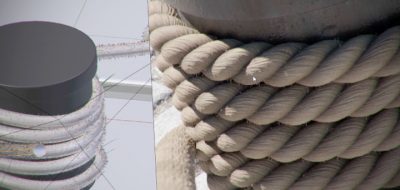Ever Use MicroPolygon Displacement? You might have preferred to it as Adaptive Subdivisions, Tessellation, or SubPolygon displacements. Whatever the term, they are the same thing, really. in terms of Blender, Micropolygon displacement uses adaptive subdivision.
Discover how to use the Micropolygon Displacement in Blender to create stunning landscapes, planets, sci-fi patterns, asteroids and much more
Adding smaller details to your scene doesn’t always end up with you painstakingly creating more geometry. Having things generated at render time, such as bevels, booleans and details can save on geometry, and in some cases render faster. For things like terrains covered with bumpy rocks and such, a displacement, rather than geometry, makes more sense.
If you want to see how Micropoly displacement can be used to create highly detailed landscapes, and details for other surfaces, Gleb Alexandrov has published a two part tutorial series that walks through the basics, including memory usage and optimizations to keep your scenes in check.
Blender Guru also published a look into Blender’s Micropolygon displacement, with a quick start guide to get ups up and running with creating some nice displacements.




